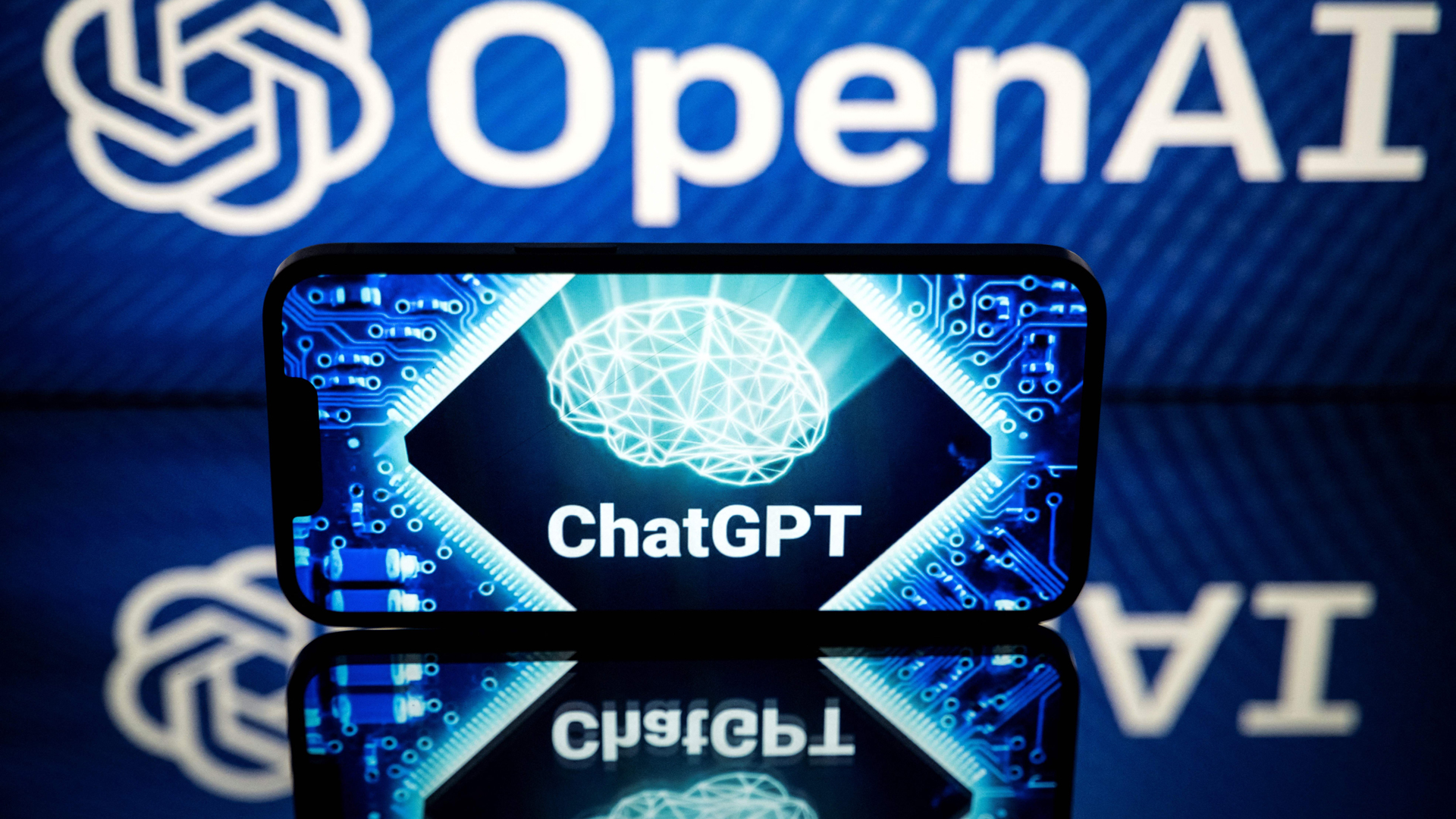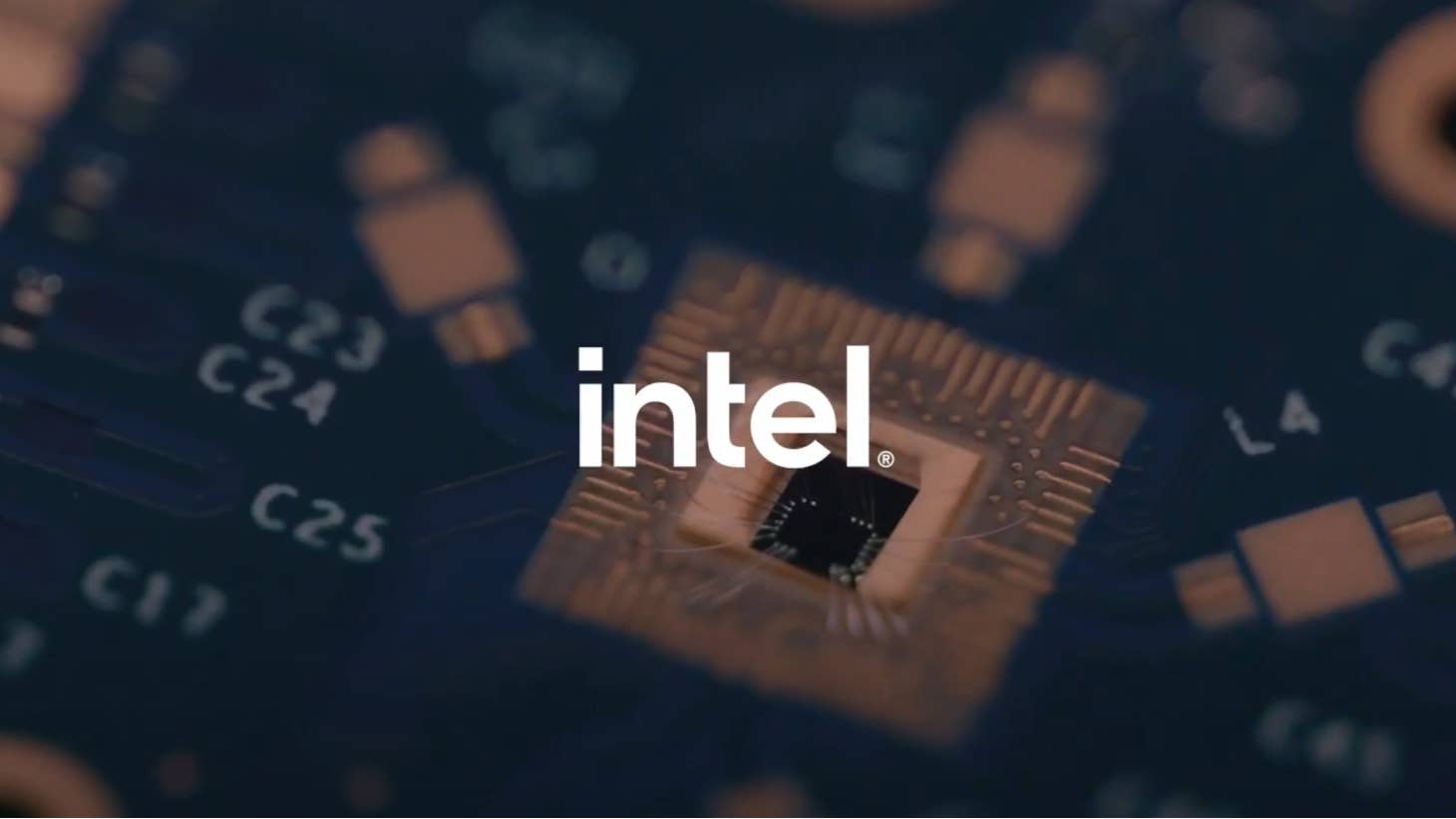AI vs Human Intelligence: Can Machines Think Like Us?
Neural networks have gained quick popularity owing to machines defeating humans at chess, writing articles for magazines, composing music and carrying out medical diagnosis in the past 2 decades. This has led to a further question: Can machines really think? The polemics involved in comparing AI with human intelligence has...Read more » The post AI vs Human Intelligence: Can Machines Think Like Us? appeared first on Big Data Analytics News.

Neural networks have gained quick popularity owing to machines defeating humans at chess, writing articles for magazines, composing music and carrying out medical diagnosis in the past 2 decades. This has led to a further question: Can machines really think? The polemics involved in comparing AI with human intelligence has become pertinent, especially for those who are studying this domain in an artificial intelligence course.
The purpose of this article will be exploring the core dissimilarities with respect to and also similarities in human and artificial intelligence, capabilities, inadequacies, and the philosophical and ethical dilemmas that crop up when machines begin to show the creaking ways of human cognition.
Understanding Human Intelligence
That’s the basic human intelligence definition: an intricate and multifaceted phenomenon covering a huge range of cognitive abilities from problem solving and decision-making to language use and emotional understanding. It is often understood to mean: “the ability to learn, adapt, reason, and comprehend new information.’ Its definitions do not wholly encapsulate its depth because really human intelligence is a facet of greatest influence by social, cultural, and emotional aspects.
Cognitive processing is what goes into human intelligence. It includes the perception, understanding, and storage of information. The brain processes environmental data entered through sensory input: it then interprets and organizes that information so that it is able to make decisions. Major cognitive functions include memory, where we are able to store and recall, and attention, with which we can focus on what is most relevant while filtering out the rest. What is considered the best definition of intelligence is learning making it possible for humans to fit into an environment, pick up a learning process, and adjust methods learned back for use in new conditions based on earlier experiences.
Another aspect of intelligence is reasoning and problem-solving. Humans can make logical operations on problems and reach a conclusion. Possibilities of using vertical or horizontal reasoning have been offered in processing such functions. These two packages are said to be the deductive reasoning and inductive reasoning, in which the former relates to general principles and reasoning to specific cases while the latter refers to inferring general rules as from specific observations. Both types of reasoning are valuable to humans in navigating uncertain or novel situations.
Equally important is emotion as human intelligence. Emotional intelligence comprises the ability to identify one’s own emotions along with understanding and managing those emotions and recognizing and influencing the emotions of others. This means for social purposes the understanding of empathy with a willpower of carrying out effects in personal and professional relationships that are capitalized. Emotional intelligence often complements cognitive intelligence or IQ since people with high scores in emotional intelligence often tend to score better regarding stress management, communication, and decision-making that is balanced in terms of rationality and emotions.
In the context of intelligence, this is not only personal; there is social intelligence as well. We humans are social beings by nature. Our social skills will therefore be singular elements in intelligent living: speaking, interacting, collaborating, or construing ideas with others. Such types of intelligence may need the ability to navigate complicated sociocultural circumstances-distal group behaviour understanding and conflict resolution.
What is Artificial Intelligence?
AI is an abbreviation of Artificial Intelligence, which is the imitation of human intelligence in machines programmed in a way to mimic human cognition in thinking, learning, and problem-solving. The ultimate goal of AI has been to create systems that can perform tasks that typically require human intelligence, including understanding an input in the form of a natural language, recognizing objects and patterns in images, making decisions, and developing complex plans. Many other exist that fall under the umbrella of AI and which together represent different pathways toward intelligent behaviour:
1. Narrow AI (Weak AI): This kind of AI acts for problems in its hammer. It’s very specialized and very good at the task for which it was programmed, which essentially has no ability to perform general reasoning tasks. Some examples of narrow AI are facial recognition, components of virtual assistants like Siri and Alexa, recommendation engines like the ones on Netflix, and self-driving car technologies. Narrow AI does distinct tasks at great rates but is not able to do anything outside the set rules of its specific programming.
2. General AI (Strong AI): This is the kind of AI that hopes to build human abilities on a larger scale. Not only would it solve specific tasks, it could hypothetically address any intellectual task that a human being would do. General AI will be able to reason, learn from experience, adjust to new situations, and grasp complex ideas. At this point, General AIs are only theoretical and have never been realized. It is now a matter of much controversy and research, and its emergence could lead to a machine that mimics human intelligence.
3. Superintelligence: This means an advanced form of AI that, theoretically, would surpass humans in every possible domain- creativity, problem-solving, and social intelligence. Discussions and considerations around superintelligence speculations are far from being one-sided. With great potential power and control over a myriad of facets of human life, the development of super-intelligent AI raises huge concerns, both ethically and in safety.
Key Areas of AI Research
- Machine Learning (ML): Machine Learning is the segment of Artificial Intelligence which outlines the construction of machines that learn from the data given to them to function. An ML algorithm improves its operations by observing the different patterns shown in the data rather than through the explicit programming. Supervised learning, unsupervised learning, and reinforcement learning are some standard methods of Machine Learning.
- Natural Language Processing (NLP): NLP enables machines to understand human languages and produce them. Popular applications range from audio recognition to translation and more general sentiment analysis for speech processing and development. During the past few years, NLP has become much more significant, with an increase in the ability of models such as OpenAI’s GPT and Google’s BERT to quickly master human languages.
- Computer Vision: This is the area of AI where interpretation and understanding of images and videos, apart from computer vision, would allow machines to interpret and understand visual information as the output of a particular event in the world. The three major applications are facial recognition, object recognition, and driving a vehicle where there is a necessity for immediate interpretation of visuals in order for that activity to occur effectively.
- Robotics: Robotics is concerned with designing robots that will engage with the physical environment. Artificial intelligence helps in the control of robots that can carry out activities autonomously or involuntarily. Industrial robots, medical robots performing surgical operations, and household robots, for example, vacuum cleaners, are included in this category.
Comparing AI and Human Intelligence
Nature of Intelligence
Well, perhaps not AI itself because it works mainly in a specific task and usually excels one domain, while human intelligence is known to be very generality and adaptable in its performances across a wide variety of activities and domains.
Learning and Adaptability
It learns through algorithms from data and improves at time, but remains limited learning on whatever it has been given, while human learning is derived from experiences, emotions, and various sensory outputs adapting flexibly in new and unforeseen situations.
Problem Solving and Creativity
AI is mostly confined within structured environments in which it is quite good with precision in solving concrete problems. On the other hand, the problem resolution by human intelligence is more flexible in that it can approach ambiguous, complex problems, and can think creatively, making connections across diverse domains and generating novel ideas.
Emotional Intelligence
Humans are emotionally intelligent, meaning they can identify, understand, and control emotions in themselves and others. AI, on the other hand, can imitate emotional responses using data but cannot cultivate emotional understanding.
Cognitive Flexibility
Cognitive ability is flexible for humans; performing quickly task switching, a new skill learned, and applying that knowledge to various situations. AI is a predefined parameter where actions occur and often fails to generate knowledge from its trained context.
Social Interaction and Empathy
Humans can do a group with deep social interactions, for instance, empathy, understanding, and complex social reasoning. However, AI can simulate human conversation but cannot form an emotional or empathetic connection which in turn restricts its ability to maintain meaningful “relationships”.
Consciousness and Self-Awareness
It has consciousness and is self-aware: it can reflect on thought, emotion, and existence. In so far as AI can be, it is not conscious, no matter how advanced it is—it functions purely through programmed responses and learned data.
Energy Efficiency
When humans use anywhere between 700 and 900 kilojoules to perform cognitively most complicated work, the highly energy-efficient human brain consumes only about 20 watts. This creates a massive energy deficit and underutilizes computational resources regarding the weight or use of scale for an AI model.
Ethical and Moral Reasoning
Ethical dilemmas are resolved through human reasoning by emotionally derived processing and social value systems. On the one hand, it can follow ethical guidelines set by humans, but does not have an innate moral reasoning since it works according to parameters defined by humans.
Can Artificial Intelligence Ever Be Truly Intelligent?
It is a question with vast philosophical, and also technical connotations: Are there some things about which we can say AI is ever going to be intelligent in the same way that we are? It is certain that AI has achieved remarkable success, but whether it is ever going to be upon a par with human intelligence is an open question. We have therefore to get into consideration both nature of AI and then the complexity of human intelligence.
Understanding True Intelligence
Human intelligence is certainly more complex. It encompasses logical reasoning, problem-solving debate, emotional comprehension, creativity within given tasks and self-awareness and functioning efficiently within large social groups. Consciousness and intelligence from the viewpoint of humans are about being aware, reflectively conscious, and flexible that extends contextually out of simply data processing.
AI’s Strengths and Limitations
AI may be good at things that put together solving puzzle problems where the matters use pattern recognitions and data optimizations. In this way, AI may be said to have an easier time with medical diagnoses than humans or surgeons, playing chess or Go, and extremely fast processing of vast tracts of data. By stark contrast, it is also noted that AI, limited by its capability to learn in this manner, has still been described as narrow or weakly intelligent, as opposed to human intelligence, capable of transferring knowledge from one context to another; whereas AI remains so inert in its application that if it is trained for one task, it requires re-training for another unforeseeable task.
Consciousness and Self-Awareness
One of the base attributes of human intelligence- consciousness: an awareness state in which, it observes and evaluates its own thoughts, emotions, and feelings as well as its individual experiences. No matter the intelligence of AI, it operates through an algorithm with inputs fed into it and provides outputs; emotions, thoughts, or self-reflection are absent. AI lacks the capacity ever to have any subjective experience, to “feel,” or to “understand” in the way that a human would. So, we come to the conclusion that due to the absence of consciousness, any AI performance that may look intelligent lacks the inner richness or depth of a human thought.
Creativity and Emotion
It is the creativity and emotion which inspire the human intelligence from deep within. AI, however, can only generate music, art, and even poetry through the patterns of trained data without any actual emotional experience or creative impulse from within the human consciousness. This creativity revealed by AI stays algorithmic and based merely on available data; it hardly ever comes from inspiration or deep emotional insight. Without all this-emotional background, perhaps true “creative intelligence” like that of humans has always been sacrosanct for AI.
Ethical and Moral Judgment
Humans are not guided by this alone: they are guided by ethics trellis, the culture norm, and moral values. Though AI may adhere to ethical guidelines or programmed to consider certain ethical principles, it lacks the intrinsic moral compass of human decision-making. AI doesn’t “understand” morality-it only follows the rules set forth for it. This begs the question: can intelligence have any actual intelligence if it cannot “understand” or act in complex moral dilemmas?
Will AI Ever Achieve General Intelligence?
The groundwork is set for such research to transform and popularize Artificial General Intelligence (AGI) as a set of tasks that can be performed by an AI in any area of interest, similar to the human intellect. Abstract reasoning, contextual understanding, and new situation acceptance would need to be coupled with demonstration for acceptance of emotional and social intelligence. While we will still not be anywhere close to realizing this concept with current AI technologies, many experts feel that with developments in neural networks, machine learning, and other areas in future, we may build systems that in the end approximate general intelligence, but some, however, believe true human-like intelligence may never be reached, as human consciousness is complex and emergent.
Philosophical Considerations
There are still, in fact, deeper philosophical questions about the very existence of intelligence itself. Can we define intelligence at all in ways machine can follow? Some philosophers hold that intelligence is not just performing tasks; it has to do with an experiential, conscious state. So this perspective would view even the most refined AI as incapable of being termed “truly intelligent,” however good it may be in solving tasks, since it does not have any form of the subjective experience human intelligence comprises.
The Future of AI Intelligence
Emotional depth, creative genius, or moral reasoning are unlikely to ever be completely nor even closely replicated by AI, although it can develop, however, in human fields over and above what humans do. This intelligence would not, however, be akin to that of the human being as it would have been discussed above and would live by data processing, by algorithms, or by machine learning only and not by lived experience.
Final Thoughts
The question of whether AI is superior to human intelligence is not so much an issue of superiority but more one of complementarity. Machines may not think like humans in the conventional sense, but they have strengths in areas where humans falter: processing large amounts of data, pattern recognition, and automating repetitive tasks.
Humans, meanwhile, bring empathy, creativity, and value judgments—traits that are far from being simulated by machines. AI and human intelligence are more likely to develop together in symbiotic harmony, helping each other’s strengths in the near future. This is a very important time to invest in your learning about artificial intelligence as we stand on the brink of a technological revolution.
An artificial intelligence course will help you indulge in theories as well as the practical know-how that are now very much in demand in multifarious industries. Court your interest in AI today, for one thing is for sure: this literacy is fast becoming as imperative as digital literacy was about two decades ago, not just for developers and analysts.
The post AI vs Human Intelligence: Can Machines Think Like Us? appeared first on Big Data Analytics News.






































































































































































![[The AI Show Episode 144]: ChatGPT’s New Memory, Shopify CEO’s Leaked “AI First” Memo, Google Cloud Next Releases, o3 and o4-mini Coming Soon & Llama 4’s Rocky Launch](https://www.marketingaiinstitute.com/hubfs/ep%20144%20cover.png)
























































































































































































































































-Classic-Nintendo-GameCube-games-are-coming-to-Nintendo-Switch-2!-00-00-13.png?width=1920&height=1920&fit=bounds&quality=70&format=jpg&auto=webp#)























_Olekcii_Mach_Alamy.jpg?width=1280&auto=webp&quality=80&disable=upscale#)



















































































































![M4 MacBook Air Drops to New All-Time Low of $912 [Deal]](https://www.iclarified.com/images/news/97108/97108/97108-640.jpg)
![New iPhone 17 Dummy Models Surface in Black and White [Images]](https://www.iclarified.com/images/news/97106/97106/97106-640.jpg)





































































































































